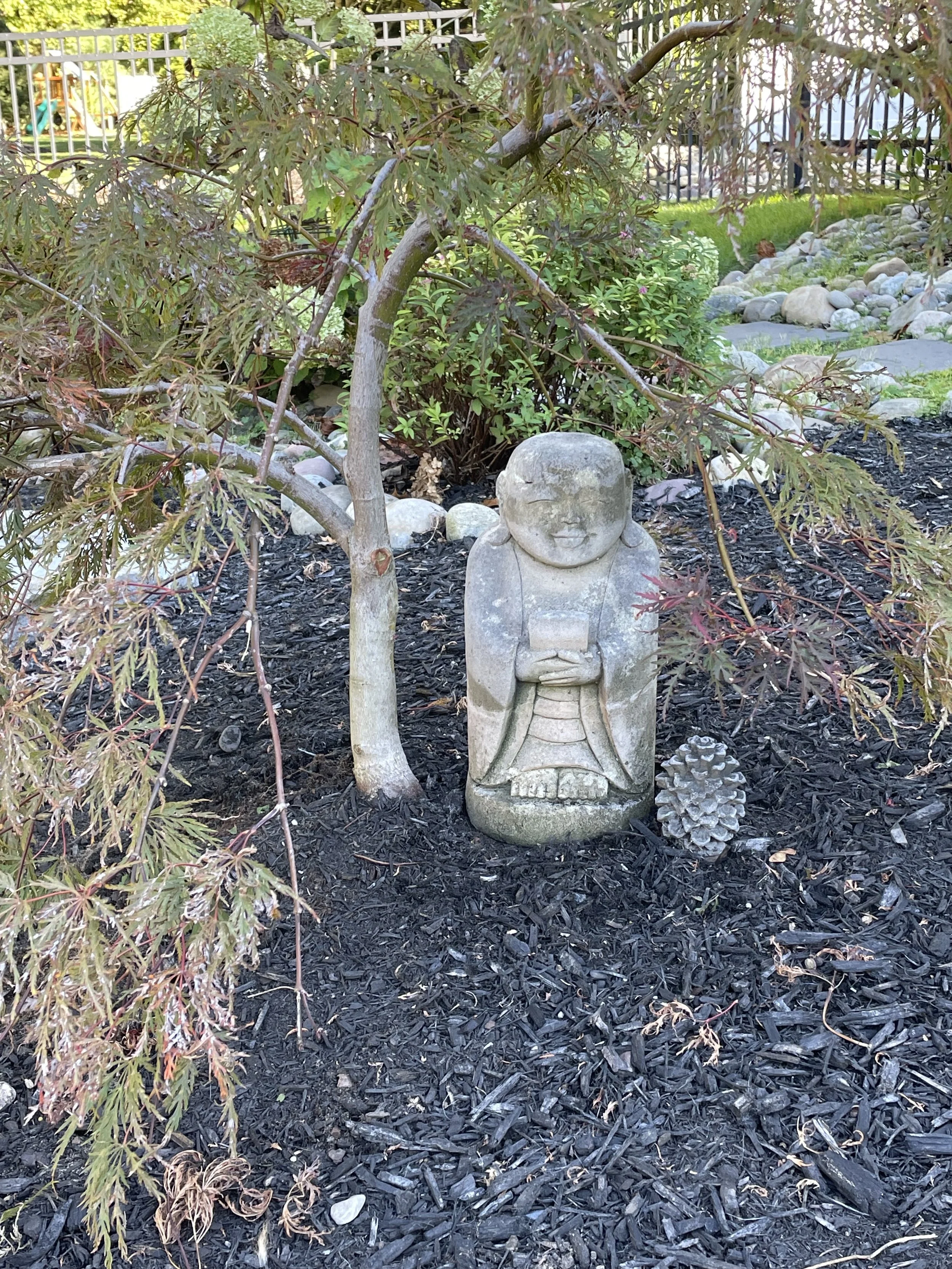Dharma Talks
Dharma Talks from Zen teacher and psychoanalyst Barry Magid
Dharma Talks address a psychologically minded Zen practice adapted to the needs of American students practicing in the context of their everyday lives. Though much of the material here is specific to Zen practice, non Zen folk will find it interesting as well, as it addresses issues of our shared humanity. New episodes will generally be uploaded each week a talk is given at the Zendo. Subscribe for new episodes or view our archives below.

